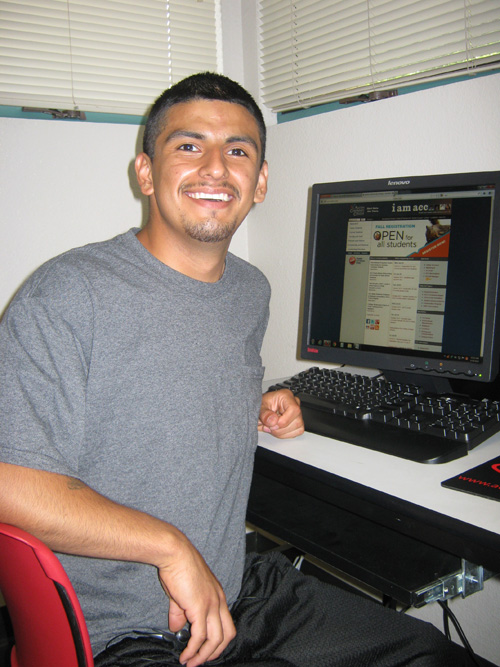Cross-posted with permission from the NTIA Blog
“Without broadband, they can't get jobs, and it's as simple as that.” – Georgetown Job Center Coordinator (Delaware Department of Libraries BTOP PCC Project)In 2010, as part of the Broadband Technology Opportunities Program (BTOP), NTIA awarded more than $200 million in matching grants to establish or upgrade public computer centers (PCCs) throughout the United States. More than 2,000 of those centers are operated by public libraries, from Maine to Arizona. These grants complement the $3.4 billion in infrastructure investments that have allowed BTOP grant recipients to connect more than 1,300 libraries nationally with ultra-fast broadband, providing a significant down-payment on President Obama’s ConnectED initiative. Today we are releasing the first three of 15 PCC and broadband adoption case studies. These focus on the impact of grants in Delaware, Texas and Michigan. The release coincides with an important hearing on libraries and broadband, sponsored by the federal Institute of Museum and Library Services, or IMLS. The case studies were conducted for NTIA by an independent research firm, ASR Analytics, which analyzed the impact these PCCs are having in their local communities. What kinds of impact are these expanded libraries having in their communities? The case studies, based on site visits, interviews, and publicly available data from the awardees’ quarterly reports to NTIA, tell a story of increased demand for library services that have helped the country continue to turn the corner on the economic recovery. The libraries are meeting an urgent need by giving people access to information and job skills they need to be competitive in a 21st century workplace. In Delaware, the Delaware Division of Libraries established four Job Centers in low-income areas where unemployment rates were high. Staffed with expert advisors, the Centers were able to help 420 people obtain job offers. Other Center patrons used the available online learning systems to obtain needed credentials, such as a high school equivalency diploma, to help make them more marketable and give them an edge in the job market. As the Delaware case study notes, there are also benefits to employers in having a better-prepared and broader applicant pool from which to draw candidates: Employers in areas served by the Jobs Center receive higher-quality resumés and more job applications than they would have received without the Job Centers. This enables employers to choose among a wider pool of qualified candidates and thereby increase successful matches. In Texas, grantee Technology for All (TFA), a nonprofit based in Houston, worked with a variety of social service organizations and libraries to extend public computer access and training to rural, low-income, and minority populations throughout the state. TFA focused on groups that are typically harder to serve because of language barriers, poverty, homelessness, and other societal challenges. With a relentless focus on helping people meet their needs for housing, education and employment, TFA was able to surpass its goals, by providing more than 1.9 million hours of training to nearly 1.3 million participants. Rural Texas libraries upgraded their public access computers, trained staff, and opened additional hours as a result of the grant. Librarians provided expert assistance to job seekers, showing people how to search for jobs, navigate the web, and prepare a resume.
 Volunteers and staff at a local PCC helped Daniel set up an email account, update his resume, and apply for jobs online. Daniel credits the free computer access and support with helping him prepare for and find his new job.
Volunteers and staff at a local PCC helped Daniel set up an email account, update his resume, and apply for jobs online. Daniel credits the free computer access and support with helping him prepare for and find his new job.